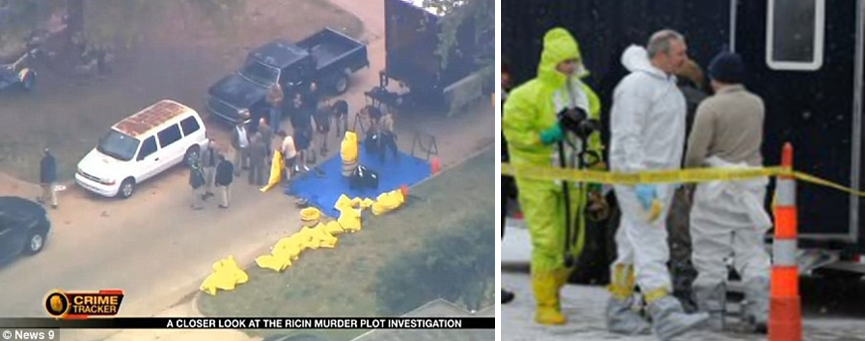Response to ricin contamination
Partners: Colorado, District of Columbia, Mississippi, Oklahoma, Tennessee, Vermont and Wisconsin state environmental and/or public health agencies
Challenge: Enabling state and local communities to rapidly respond to ricin contamination
Resource: Technical assistance to aid field and laboratory approaches for sampling and analysis, operationally applying decontamination methods, and strategically handling wastes
Project Period: 2013-2019
“Working with the EPA in response to this Ricin incident proved to be invaluable. They provided remediation expertise and testing resources that saved our agency significant staff time. Thanks to their support, the property was appropriately decontaminated, eliminating any potential for future concern. Further, their knowledge and availability helped to ensure that we could quickly respond to the needs of the community.” – Boulder County Public Health, Water Quality and Hazardous Waste Coordinator Erin Dodge
Ricin is a deadly biological toxin that is easily produced from castor beans, making it one of the most worrisome biological threat agents. Multiple ricin incidents occurred following episodes in the popular television show “Breaking Bad” that featured its production. EPA ORD researchers and subject matter experts from the CBRNE Consequence Management Advisory Division in EPA’s Office of Land and Emergency Management/Office of Emergency Management were called upon by EPA Regions 1, 3, 4, 5, 6 and 8 to support various state and local communities during independent ricin incidents spanning several years (2013 to 2019). EPA researchers developed innovative applied solutions to the challenges encountered during the first ricin responses leading to significantly shortened response times and decreased costs and resources required for the subsequent ricin incidents. The developed tools provide the federal government with important new capabilities for helping states and local communities respond to ricin incidents.
As one recent example, EPA ORD researchers rapidly supported EPA Region 8’s (Mountains and Plains) response to a ricin incident at a condominium in Boulder, Colorado. The applied solutions directly informed the sampling plan, sample analysis, decontaminant selection, decontamination of responders and their equipment, and handling of the ricin waste. Because the laboratory used ORD’s recently developed sample processing ( sample cleanup and concentration) method, some post- decontamination samples indicated that ricin was still present in the condominium; these method removed analytics interferences and, thereby, increased the capability to detect ricin in environmental samples. This information enabled state decision makers to determine that further decontamination of the unit was required to protect public health. Without this research, the condominium could have been declared clean and safe for re-occupancy when in fact ricin would have remained.
These efforts enabled the states and local communities to rapidly respond to ricin contamination incidents and effectively clean up the affected areas. EPA researchers helped close scientific gaps, transition scientific solutions, and enabled the states and local communities to be ready to rapidly respond to the next ricin or other biotoxin incident.
Read the journal article (link will open in a new tab or window) produced from this project titled Sample Processing Approach for Detection of Ricin in Surface Samples (published 2017).
